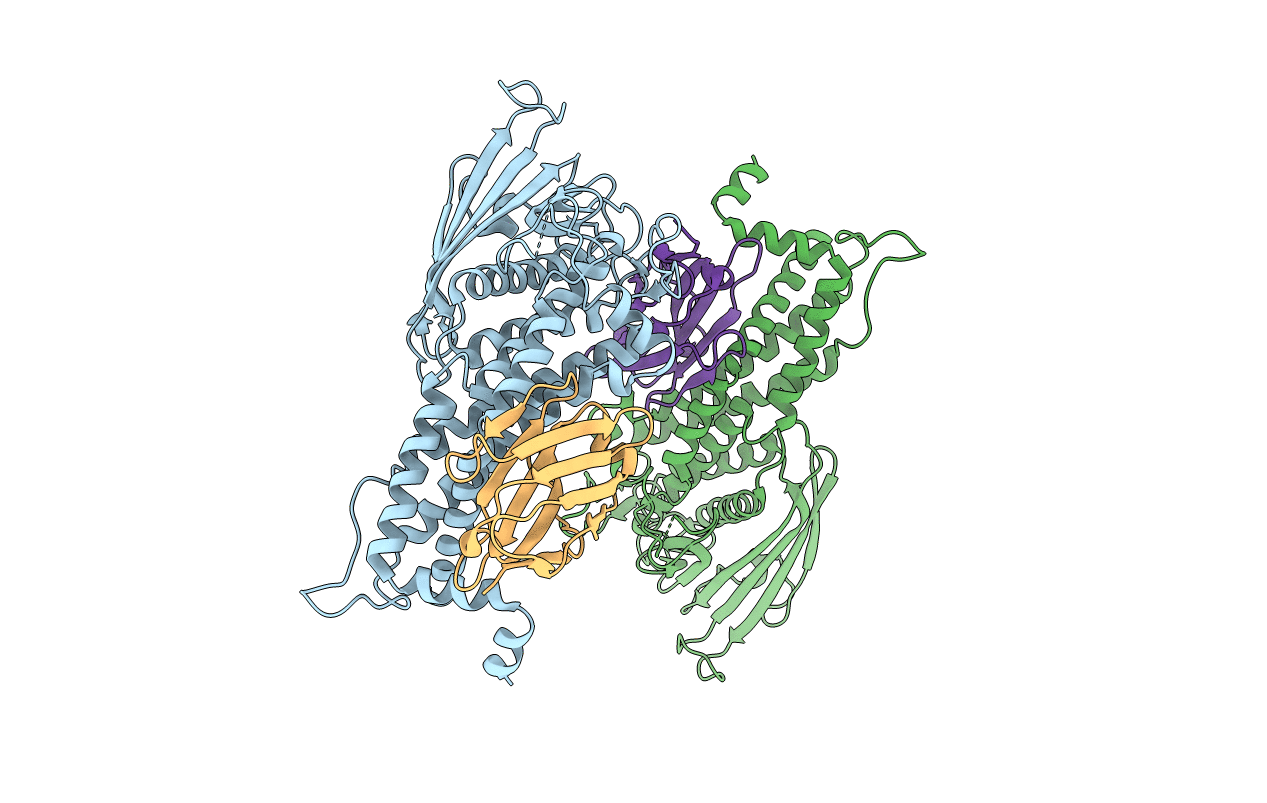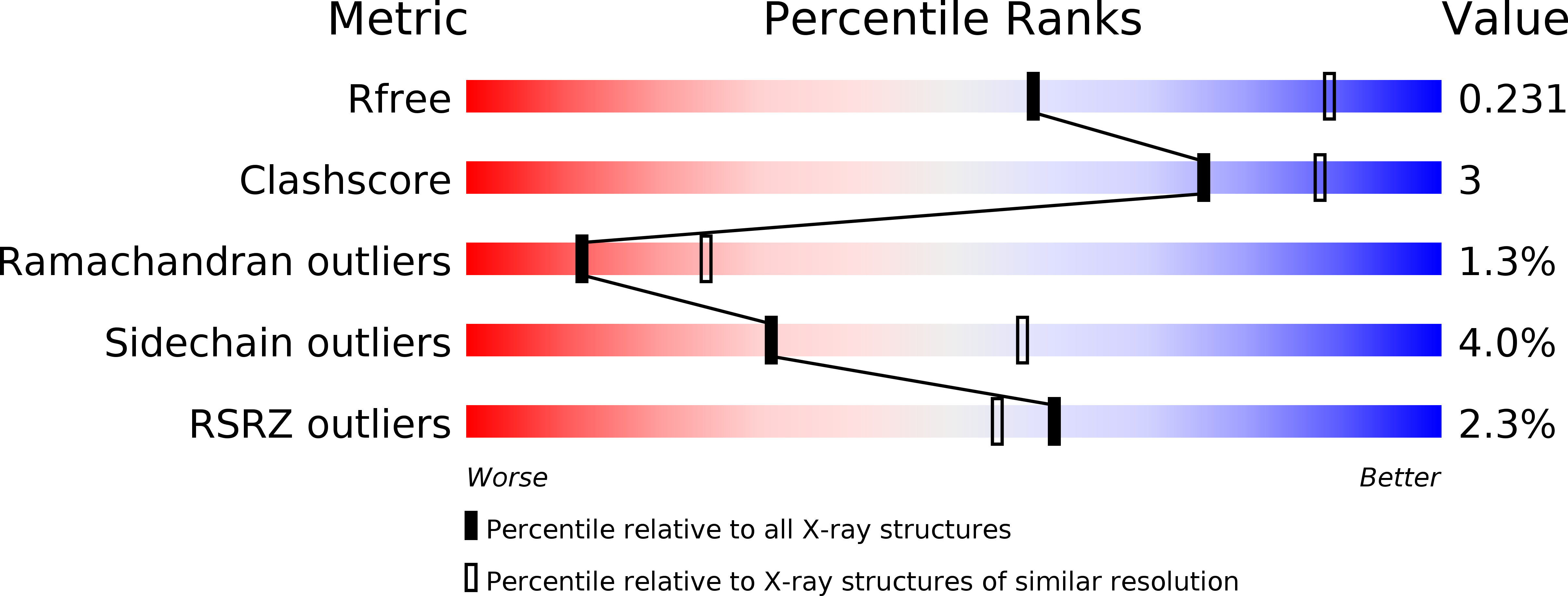
Deposition Date
2015-12-09
Release Date
2016-01-20
Last Version Date
2024-11-06
Entry Detail
PDB ID:
5F8Q
Keywords:
Title:
Blood group antigen binding adhesin BabA of Helicobacter pylori strain S831 in complex with Nanobody Nb-ER19
Biological Source:
Source Organism:
Helicobacter pylori (Taxon ID: 210)
Lama glama (Taxon ID: 9844)
Lama glama (Taxon ID: 9844)
Host Organism:
Method Details:
Experimental Method:
Resolution:
2.59 Å
R-Value Free:
0.23
R-Value Work:
0.19
R-Value Observed:
0.19
Space Group:
P 1 21 1


